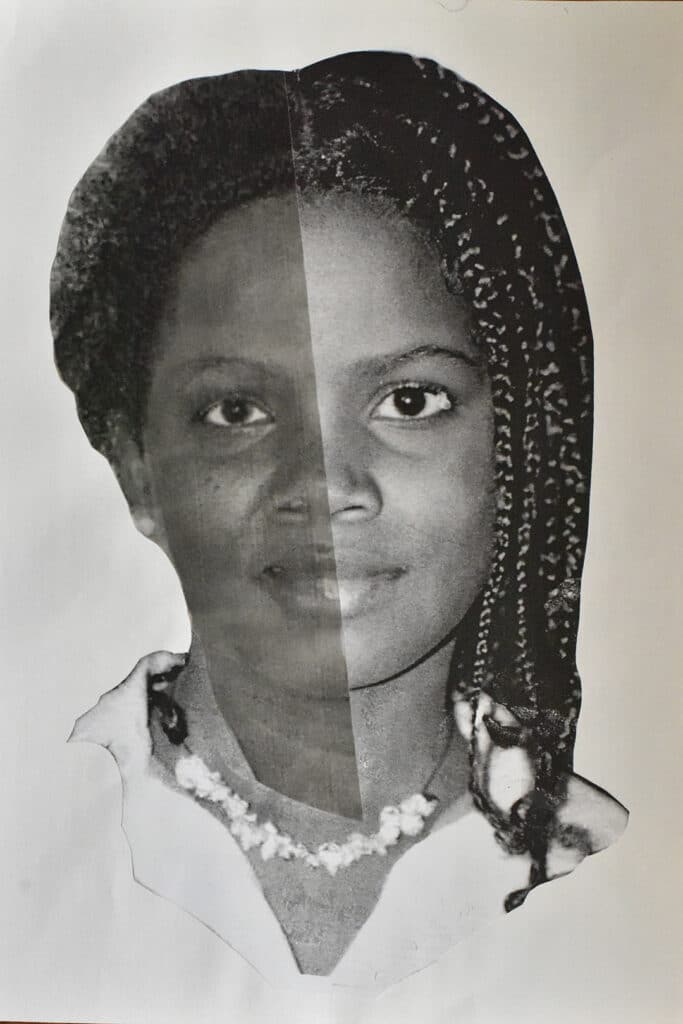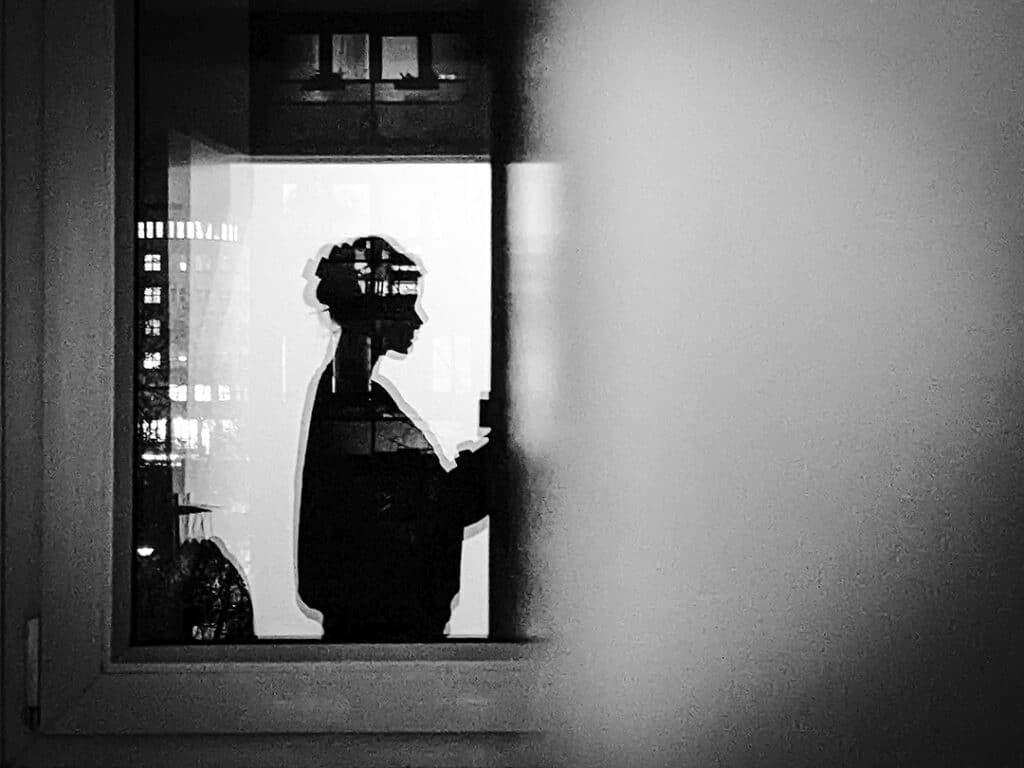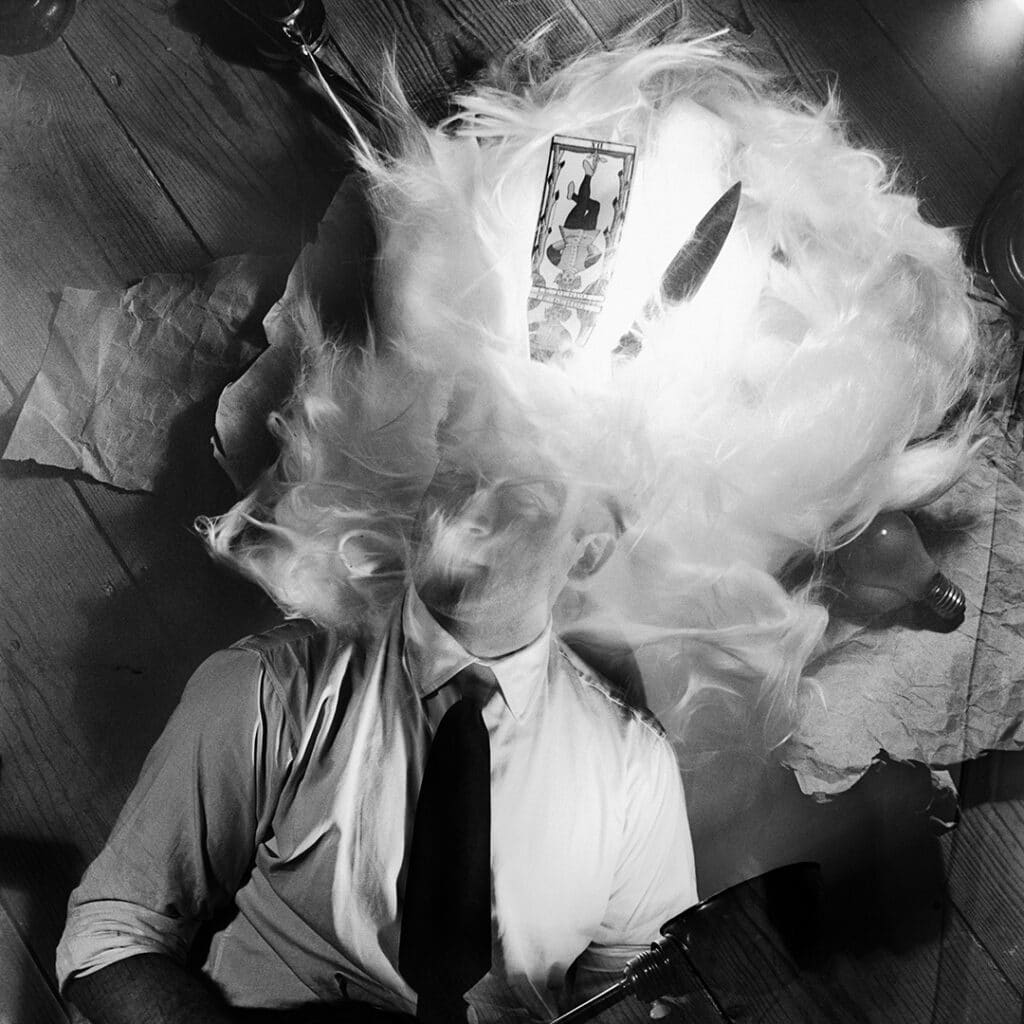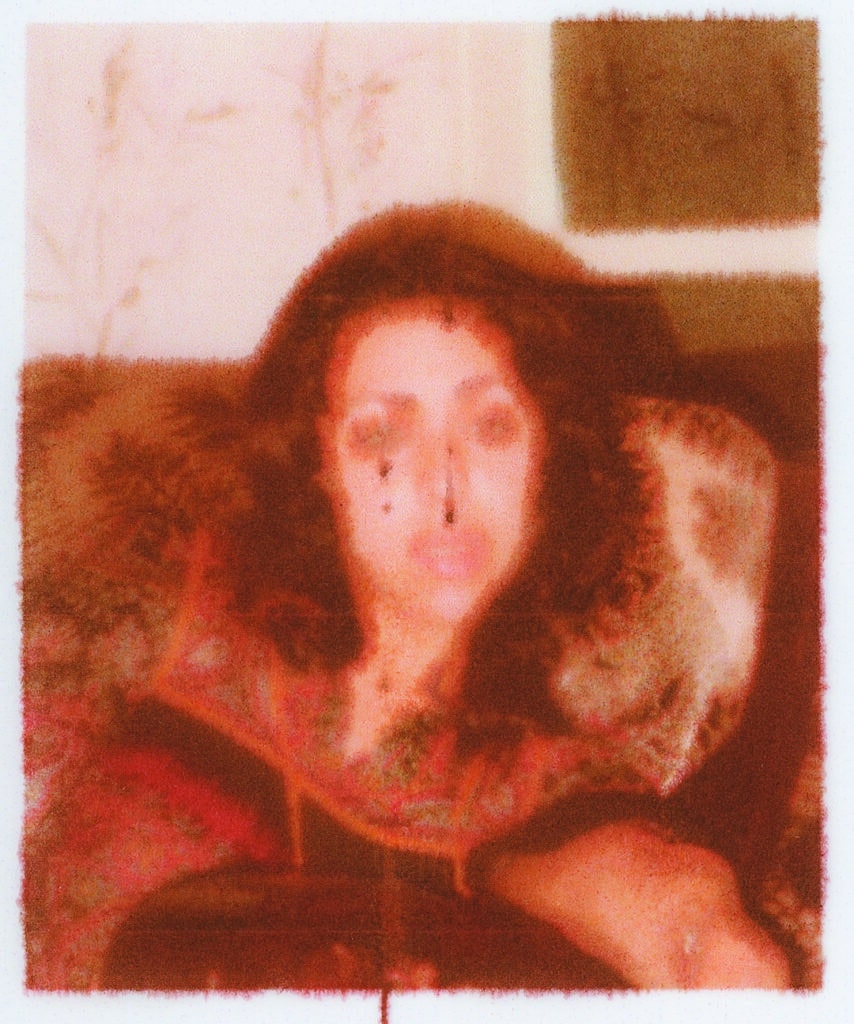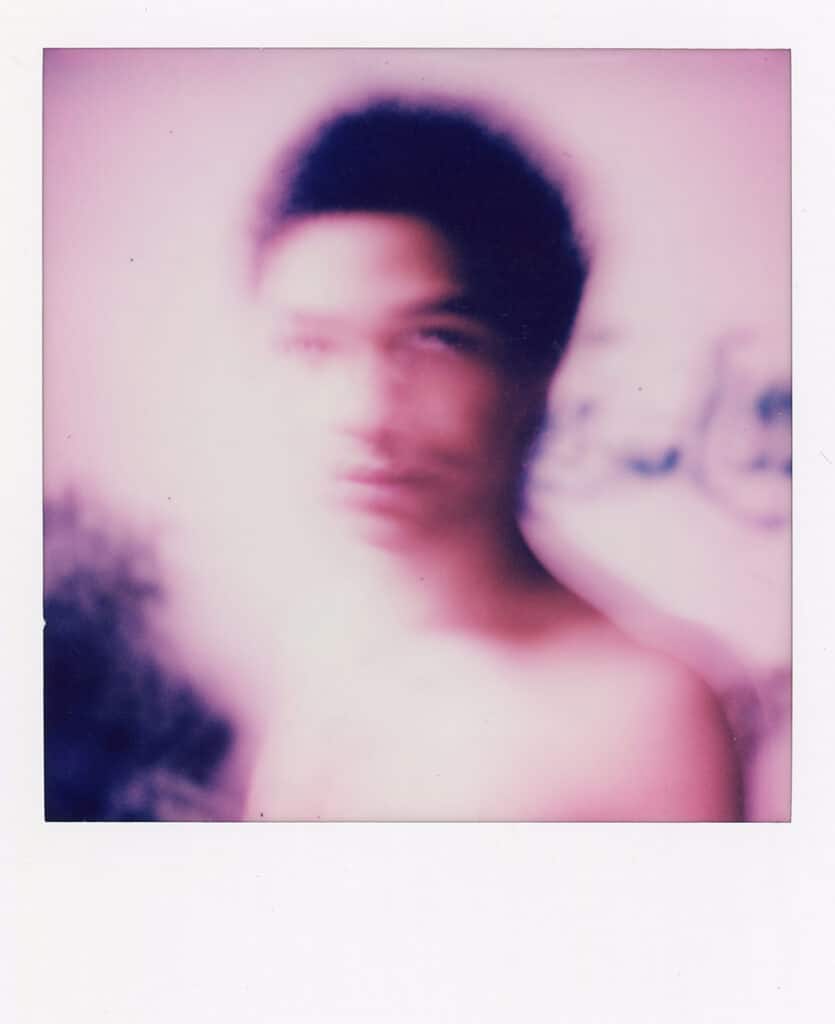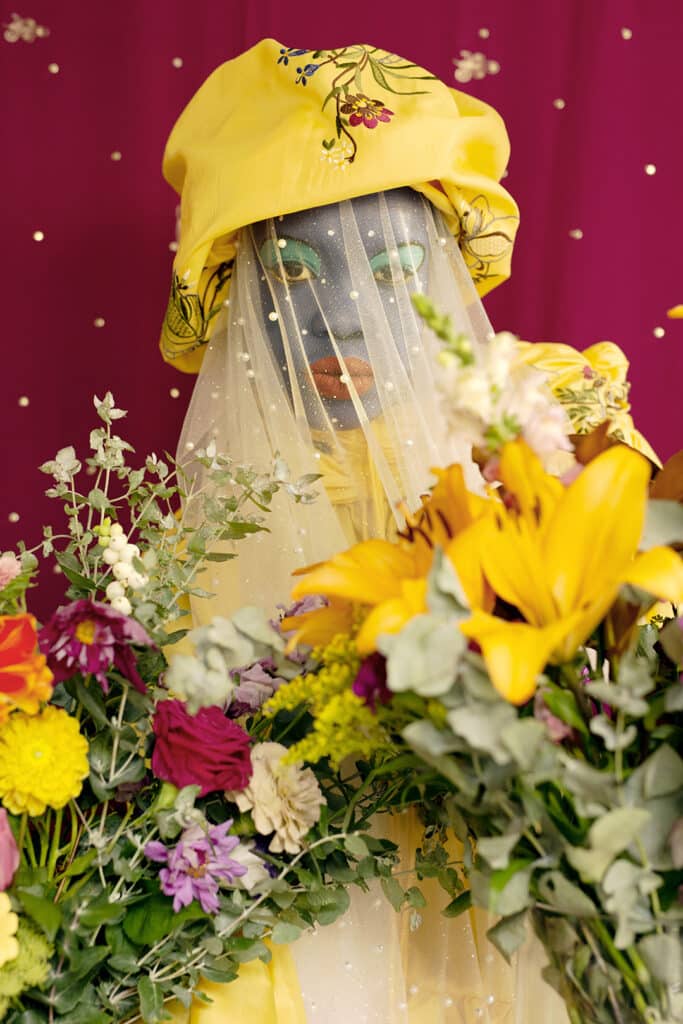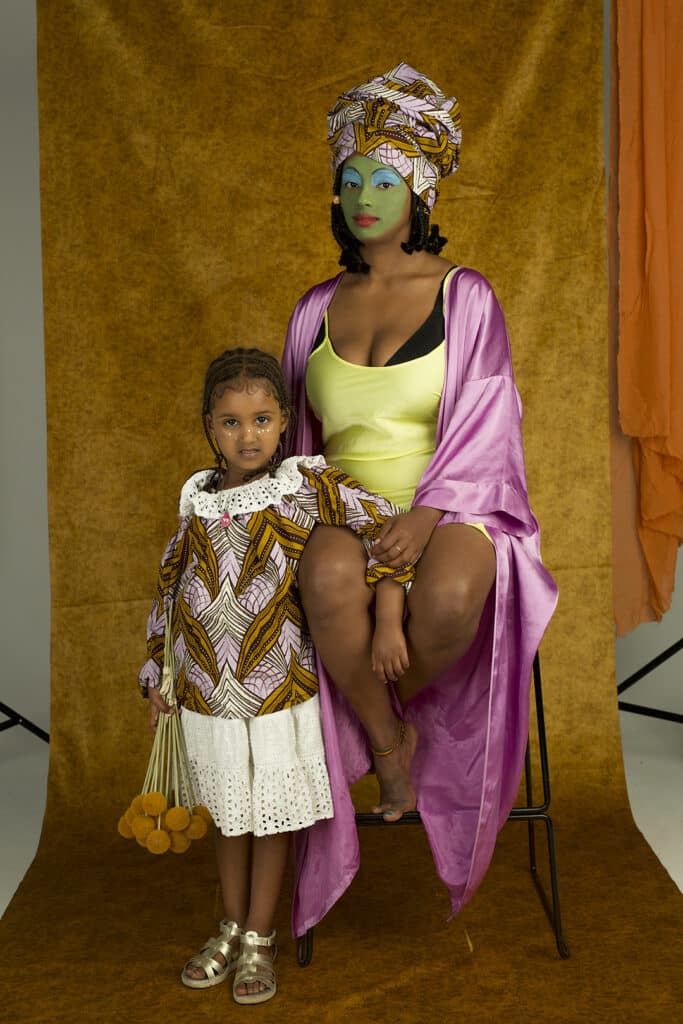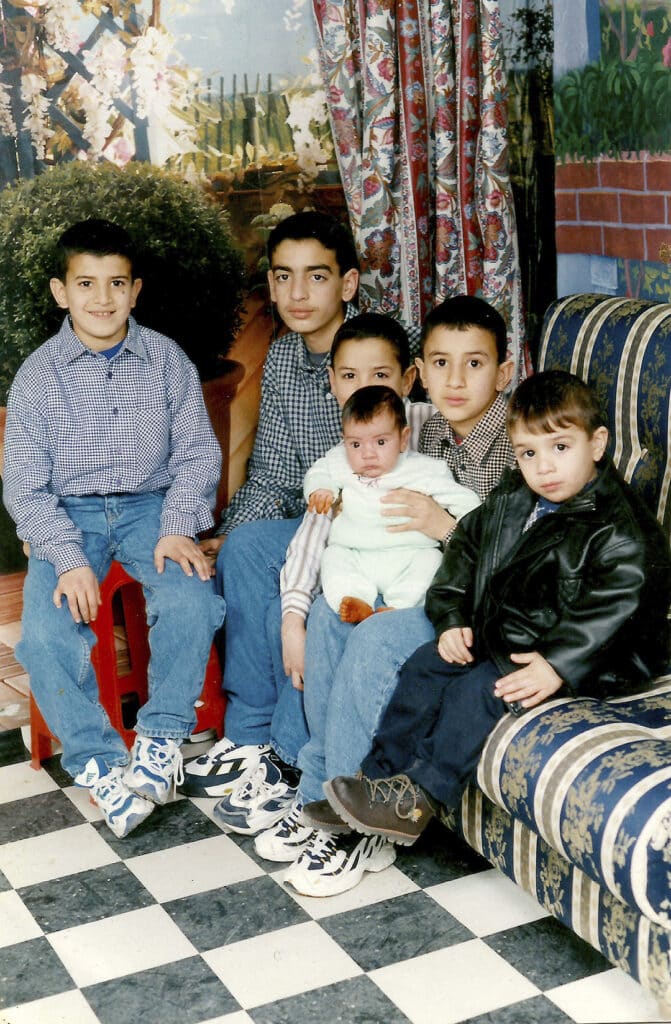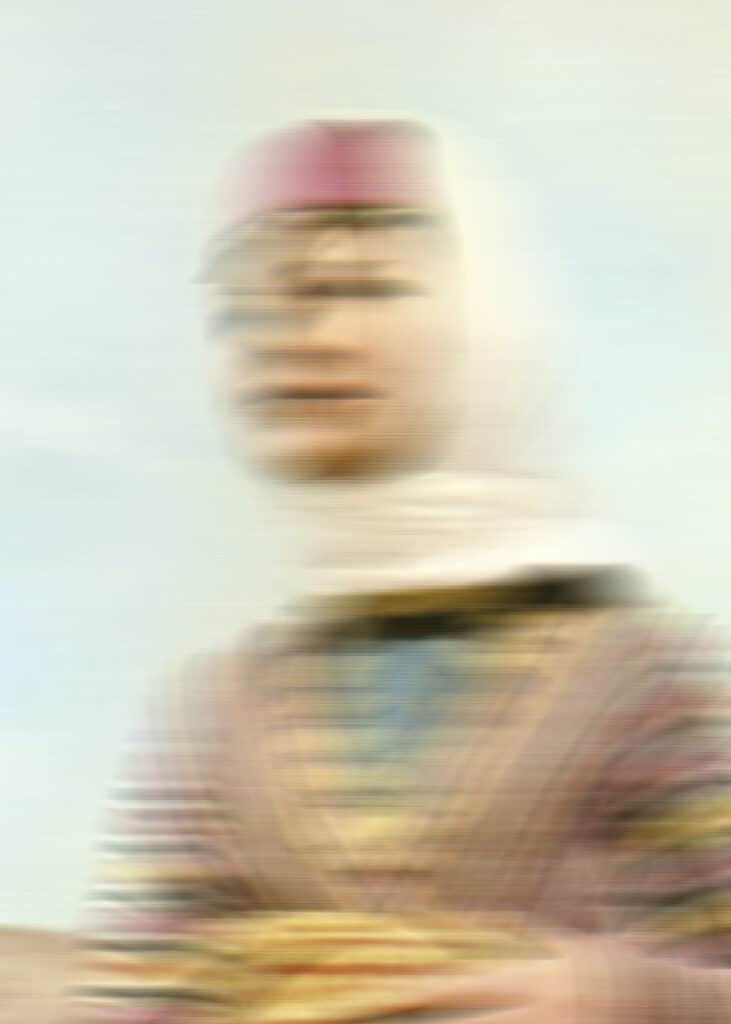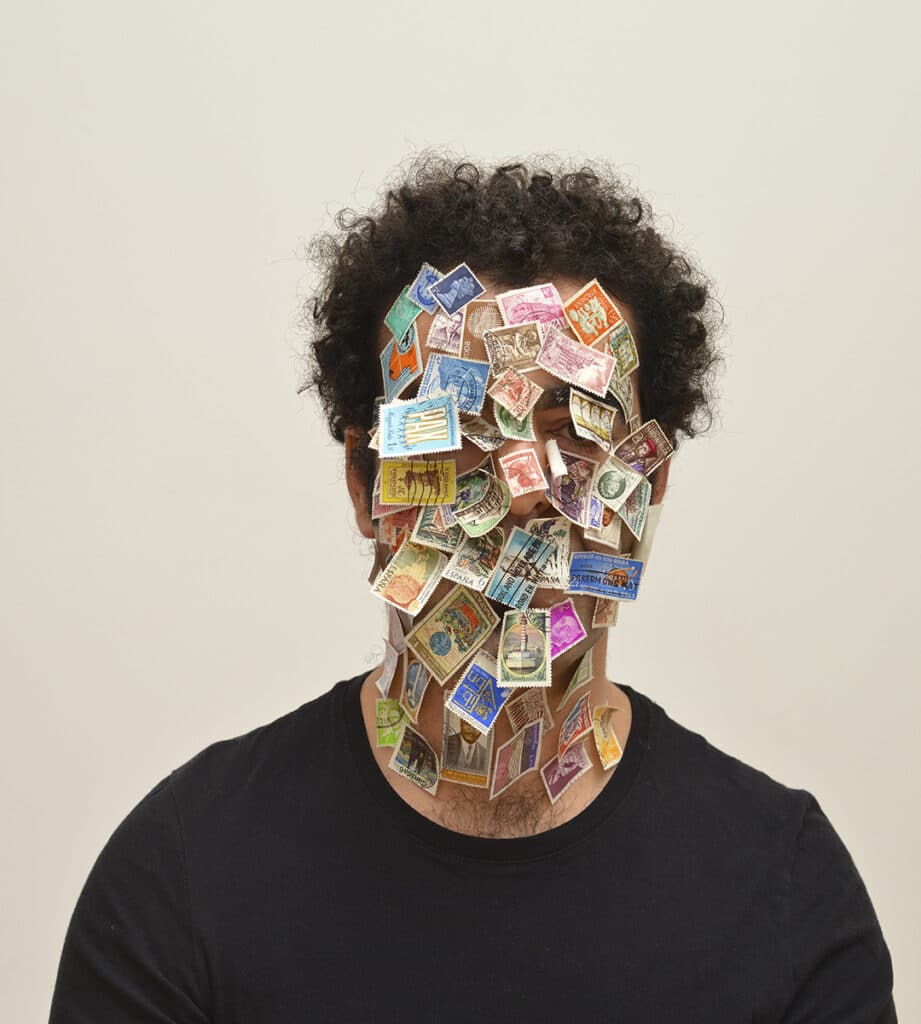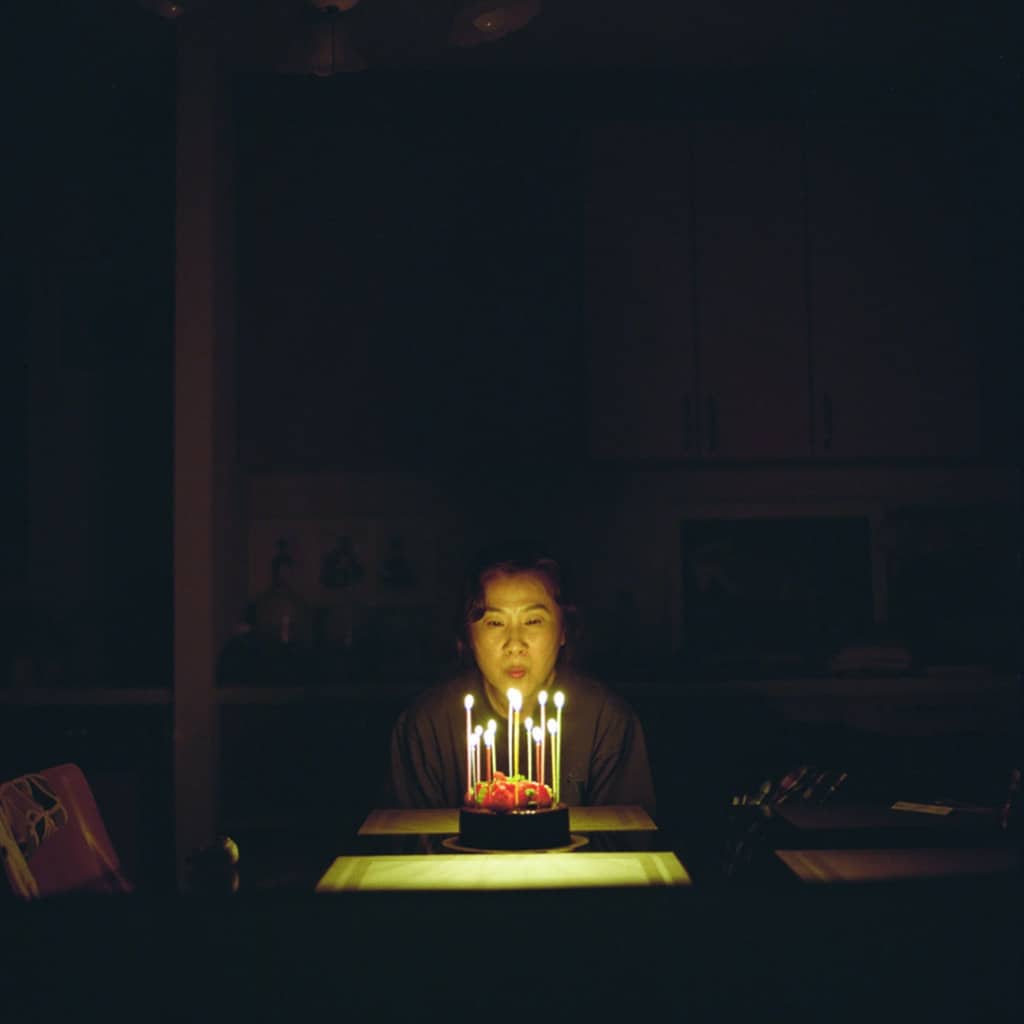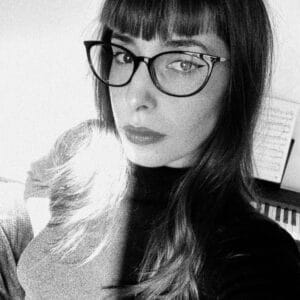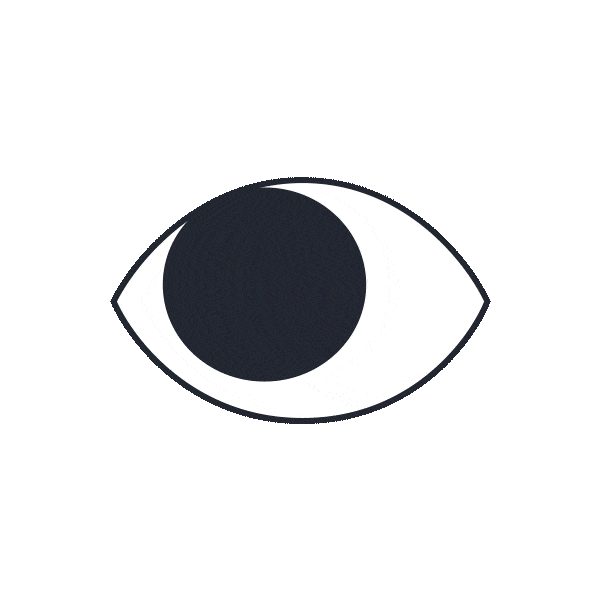Drawing on archives, the project fuses portraiture and landscapes, blending “big” and “little” histories. It reveals the search for refuge in the joy of family celebrations, a past stitched together with red thread, and a spectral face barely visible behind smoke, transformed into a ghostly apparition.
This 15th issue of The Eyes magazine takes an intimate, multifaceted approach to exile, unpacked by guest curator, Franco-Lebanese writer Sabyl Ghoussoub. “I wanted to broaden the lens to encompass the entire world. Our identities are often compartmentalized—whether by instinct or design—and I saw this as a chance to amplify voices that speak to the same themes but emerge from vastly different cultures and contexts,” he explains.
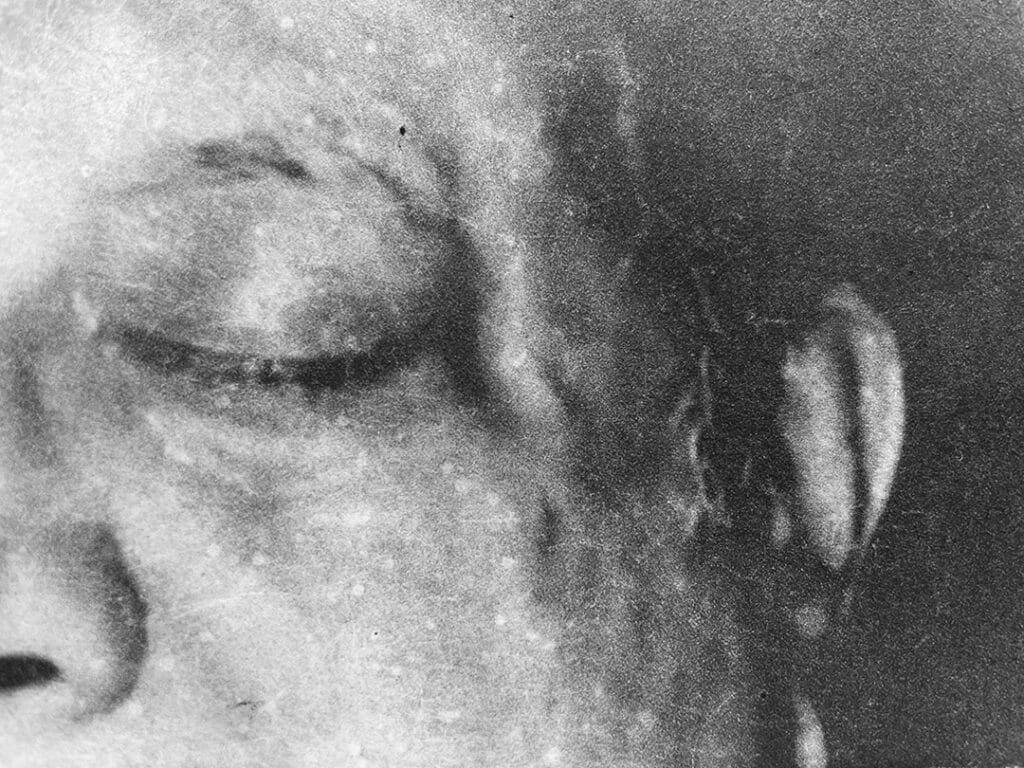
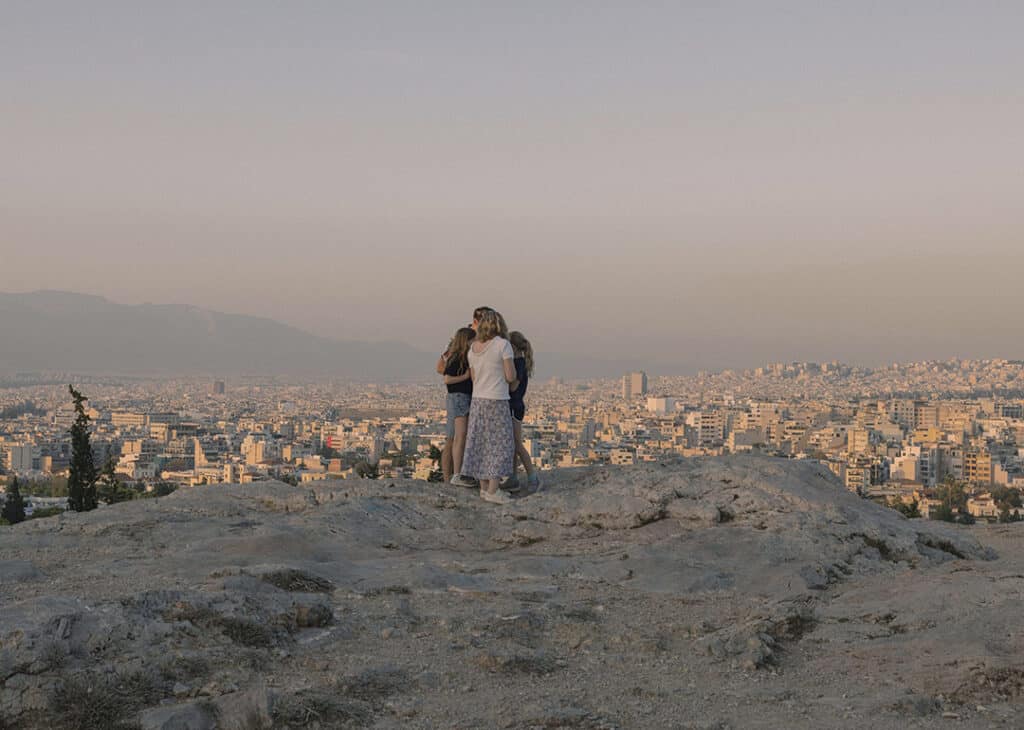
Production of the issue began just after October 7, 2023, the day of Hamas’s attack on Israel [editor’s note], a coincidence that placed Ghoussoub in a delicate position. “I thought this magazine was fantastic because it could give me a break from the Arab world, but I happened to be in Lebanon, and it pulled me right back in,” he reflects.
A year later, as the conflict persists, the duality remains. “It was surreal: I was entirely consumed by what was happening in my country, and this issue provided a kind of escape. It felt like a breath of fresh air, a reminder that art can still hold meaning.”
Confronting the reality
Similar contradictions surface in the work of the featured photographers, curated with the guidance of editorial director Taous Dahmani and intern Céline El Faghaly. For example, Palestinian artist Taysir Batniji’s Disruptions compiles pixelated, almost indecipherable images of family dialogues interrupted by war.
His work intersects with the collages by Prune Phi, who reconstructs fragmented portraits of a heritage spanning Vietnam, France, and the United States using bold strips of tape. Meanwhile, Fernando Lemos, born in Lisbon and later based in São Paulo, employs surrealist photography and experimental techniques to explore the complexity of identity in a society that champions uniformity.
Throughout the issue, stories collide, yet unexpectedly converge. “In the West, there’s a romanticized view of exile. But when faced with reality, as we’ve been this past year, those illusions shatter. Suddenly, a Lebanese editor and a Palestinian artist are collaborating with French contributors who have only ever known life in France. How do we speak to what is, for them, a work of art, but for us, our everyday family reality?” Ghoussoub muses. “It was extraordinary to let these diverse perspectives confront one another around this theme.”
A vibrant collection of first-person narratives, J’exile emerges as a platform for resonant, cross-border dialogues. From horror to humor, joy to heartbreak, the multiplicity of voices paints a raw, evolving portrait of diaspora.
J’exile, Issue 15 of The Eyes, €25, is available for purchase online.
